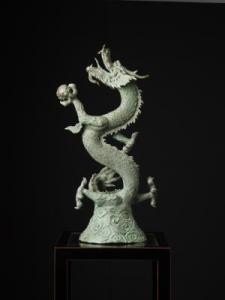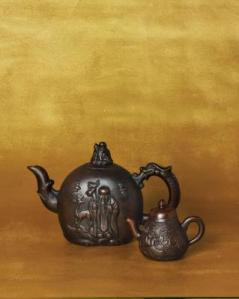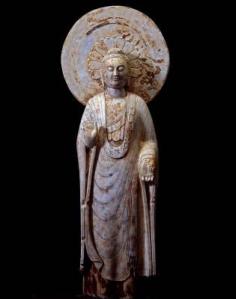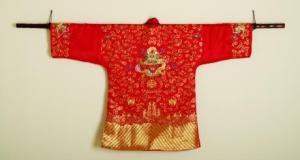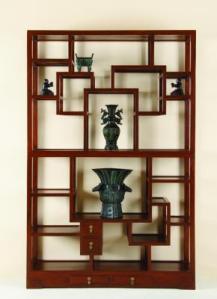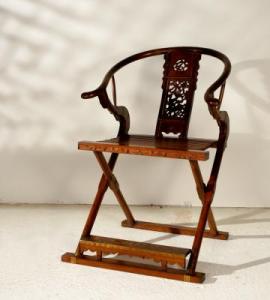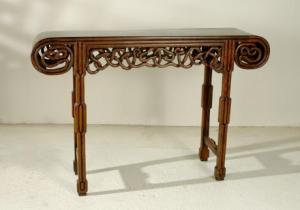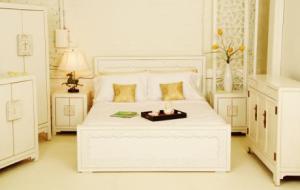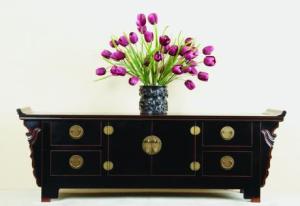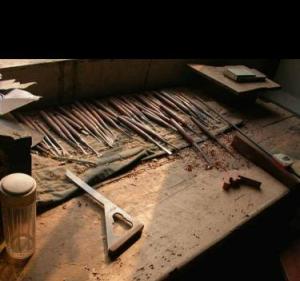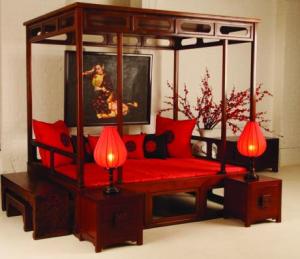 As my About Me page said, I’m an intermediary at the Dragon Heir Chinese Traditional Furniture Company, so my blog will be focus on Chinese Traditional Furniture, and the process of designing, making, and selling these furniture.
As my About Me page said, I’m an intermediary at the Dragon Heir Chinese Traditional Furniture Company, so my blog will be focus on Chinese Traditional Furniture, and the process of designing, making, and selling these furniture.
Dragon Heir is a family tradition of furniture manufacturing from Beijing, China. With the unique of fascination to attract people, the feature of Chinese style furniture is elegant and cultural. It is our mission to bring the finest selection of quality antiques and furnishings to the world market. The company is named Dragon Heir, which means descendants of the dragon, because dragon is the metaphor for the Chinese nation,so Chinese people call themselves the descendants of the dragon. By using this name, our company wants to keep this Chinese culture and popularize it to the world.
I personally like Chinese traditional furniture because I grew up in China, and I seen these kind of cultural stuff everyday in my life. When I saw some foreigners came to china and liked our culture, I was happy and wanted to promote this culture to the world someday to let people know more about my country. Also, I like moods. I like trees and their smell. When I see those woods in furniture, I feel like there’s always some history behind them that makes them meaningful. Thus, it is interesting to know about moods and furniture.
Anyways, I hope you will like and get to know Chinese traditional furniture through my blog, and please follow me.
